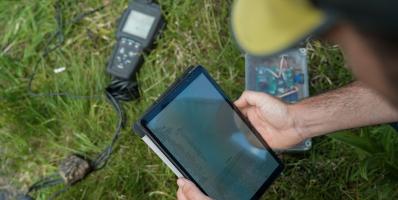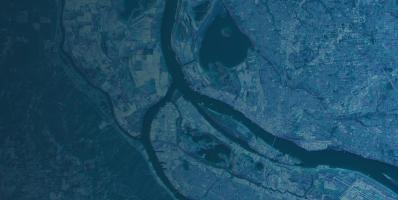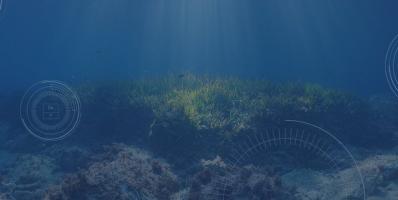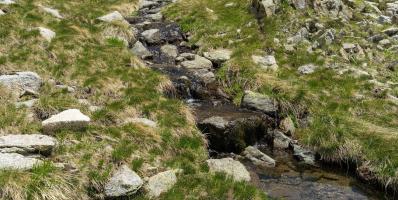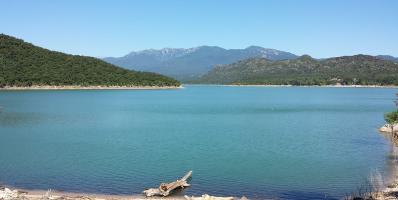
Grumets
Methods and applications in remote sensing and geographic information systems
Consolidated Research Group supported by Generalitat de Catalunya, GRUMETS is a motivated and productive team, consisting of approximately 20 researchers and multidisciplinary, from a rich diversity of backgrounds (geographers, biologists, environmentalists, physicists, mathematicians, surveyors, computer scientists, etc..).
The group has extensive experience in processing images from low, medium, and high-resolution remote sensing sensors, including airborne platforms, and has a ground antenna to receive Meteosat images every 15 minutes. Integrating fields of geographic information science, geoservices, standardization, metadata, applied work, and software development are also objectives of the group.
GRUMETS is a highly motivated and productive team, composed of approximately 20 multidisciplinary researchers and technicians from a rich diversity of backgrounds (geographers, biologists, environmentalists, physicists, mathematicians, geodesists, computer scientists, etc.). The group is recognized by the Government of Catalonia as a consolidated research group, of quality and funded since 2009 (SGR 2017 no. 1690, SGR 2014 no. 1491, and SGR 2009 no. 1511).
Group members have led or participated in nearly 100 projects (international - mainly from the EC, AECID, and ESA - national or local, as well as in collaboration with private organizations) and have published their work in leading international journals and conference proceedings.
These are the main research topics of the group:
- Geometric and radiometric corrections of satellite images (solar and thermal spectrum)
- Research in classification techniques for mapping and quantitative analysis of forests and crops using medium and high resolution images, hyperspectral sensors and lidar. Includes water stress characterization of various plant species.
- Lossy image compression and the analysis of their effects on remote sensing products (classification, photo interpretation, modeling ...).
- Advanced image processing, including massively parallelized computing and processing
- Other theoretical and methodological studies in remote sensing.
- Development of methods for the analysis of the characteristics and effects of forest fires.
- Spatial analysis and interpolation, primarily used for climate modeling (for example, the publication of the First Digital Climatic Atlas of the Iberian Peninsula on the Internet, visited by thousands of people).
- Modeling of energy flows: actual evapotranspiration, net radiation, solar radiation, etc.
- Studies of the water cycle.
- Land cover maps, dynamics and landscape ecology, including global change.
- Other theoretical and methodological studies in GIS.
- Metadata: Theoretical and practical aspects: development of a comprehensive metadata editor (GeMM) semi-automatic in integration data and processes, multi-idiomatic support, etc, and contribution to the international standards.
- Internet mapping and distribute geoservices: implementation and contribution to international standards.
- Applied studies in GIS and remote sensing.
- Teaching in Geographic Information Science.
- Software Development.






















